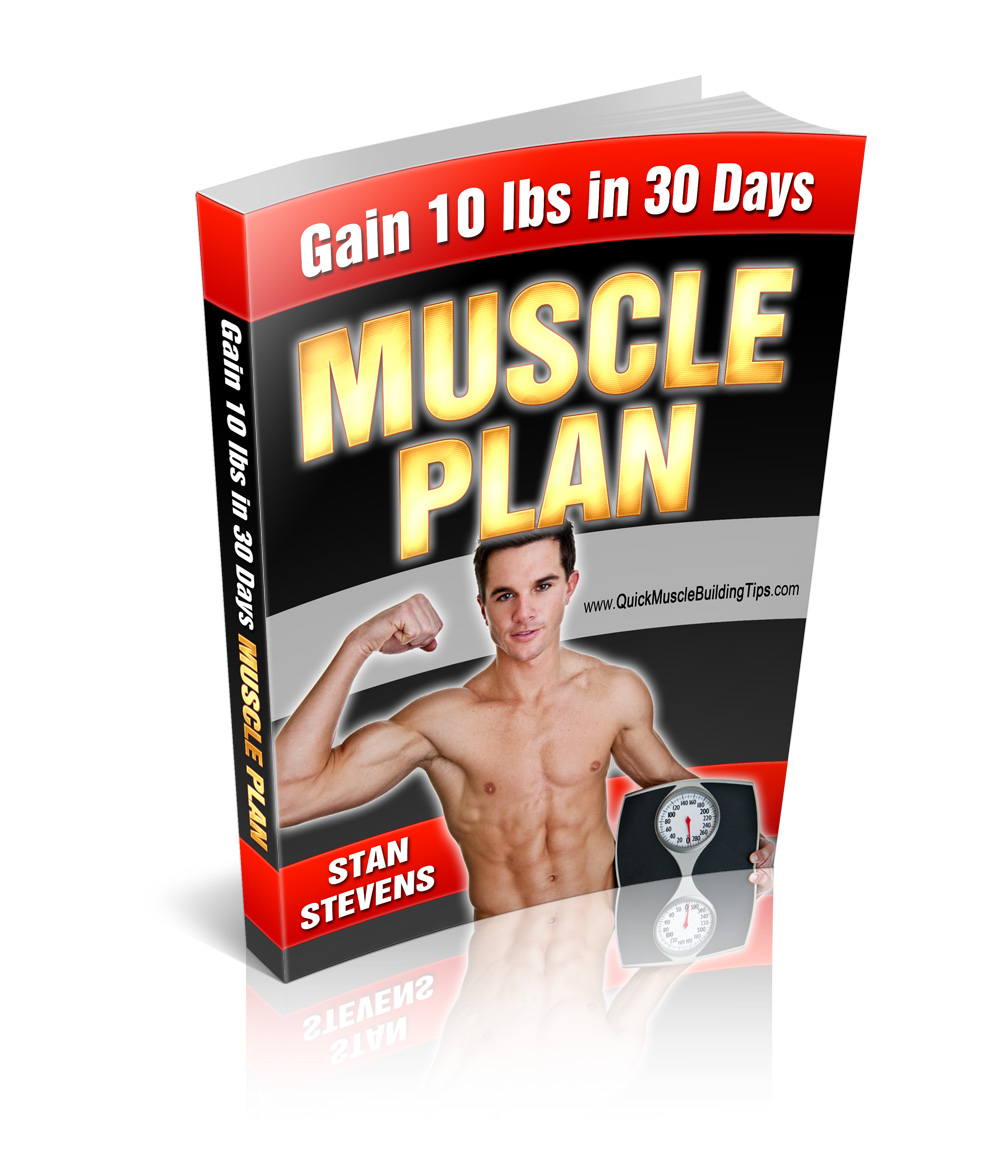Strength training may seem like a boy’s club, but it’s not just for body builders and young men- it is important for people of all ages, shapes, sizes, and physical condition. Developing a good strength training routine is even very important for women- it improves wellness, health, and overall quality of life.
Are you a woman having trouble with your weight- even though you are spending amble time on the treadmill and elliptical? The key to breaking your plateau and jump starting your weight loss may be weight training. According to experts, only 21% of females actually strength train two plus times per week- this is a major error on that other 79% of women’s part! Hitting the weights two or more times a week will reduce body fat by as much as 3% in as little as 10 weeks! That could be as much as 3 inches off your waist and hips- with minimal effort at that. If you want to look sculpted and melt the flab, you should find the time to fit strength training into your day.
—-
The Best Strength Training for Women
Tired of sweating all over every piece of cardio equipment at the gym and still getting zero love from the scale? You need more iron. Not in your diet—in your hands. According to the National Center for Health Statistics, a mere 21 percent of women strength train two or more times a week. What you don’t know: When you skip the weight room, you lose out on the ultimate flab melter. Those two sessions a week can reduce overall body fat by about 3 percentage points in just 10 weeks, even if you don’t cut a single calorie. That translates to as much as three inches total off your waist and hips. Even better, all that new muscle pays off in a long-term boost to your metabolism, which helps keep your body lean and sculpted. Suddenly, dumbbells sound like a smart idea. Need more convincing? Read on for more solid reasons why you should build flex time into your day.
Torch Calories 24/7
Though cardio burns more calories than strength training during those 30 sweaty minutes, pumping iron slashes more overall. A study in The Journal of Strength and Conditioning Research found that women who completed an hour-long strength-training workout burned an average of 100 more calories in the 24 hours afterward than they did when they hadn’t lifted weights. At three sessions a week, that’s 15,600 calories a year, or about four and a half pounds of fat—without having to move a muscle.
What’s more, increasing that afterburn is as easy as upping the weight on your bar. In a study in the journal Medicine & Science in Sports & Exercise, women burned nearly twice as many calories in the two hours after their workout when they lifted 85 percent of their max load for eight reps than when they did more reps (15) at a lower weight (45 percent of their max).
There’s a longer-term benefit to all that lifting, too: Muscle accounts for about a third of the average woman’s weight, so it has a profound effect on her metabolism, says Kenneth Walsh, director of Boston University School of Medicine’s Whitaker Cardiovascular Institute. Specifically, that effect is to burn extra calories, because muscle, unlike fat, is metabolically active. In English: Muscle chews up calories even when you’re not in the gym. Replace 10 pounds of fat with 10 pounds of lean muscle and you’ll burn an additional 25 to 50 calories a day without even trying.
Target Your Trouble Spots
If you’ve ever tried to ditch the saddlebags and ended up a bra size smaller instead, you know that where you lose is as important as how much. As great as it might be to see the numbers on the scale go down, when you’re on a strict cardio-only program your victory is likely to be empty. A recent study at the University of Alabama at Birmingham compared dieters who lifted three times a week with those who did aerobic exercise for the same amount of time. Both groups ate the same number of calories, and both lost the same amount—26 pounds—but the lifters lost pure chub, while about 8 percent of the aerobicizers’ drop came from valuable muscle. Researchers have also found that lifting weights is better than cardio at whittling intra-abdominal fat—the Buddha-belly kind that’s associated with diseases from diabetes to cancer.
Just don’t rely exclusively on the scale to track your progress in the battle of the bulge. Because muscle is denser than fat, it squeezes the same amount of weight into less space. “Often, our clients’ scales won’t drop as fast, but they’ll fit into smaller jeans,” says Rachel Cosgrove, owner of Results Fitness in Santa Clarita, California. And it’s the number on the tag inside your bootcuts you want to get lower, right?
Start Pumping
Begin with three weight-training sessions each week, recommends Joe Dowdell, founder and co-owner of the New York City gym Peak Performance. For the greatest calorie burn, aim for total-body workouts that target your arms, abs, legs, and back, and go for moves that will zap several different muscle groups at a time—for example, squats, which call on muscles in both the front and back of your legs, as opposed to leg extensions, which isolate the quads.
For each exercise you do, try to perform three sets of 10 to 12 reps with a weight heavy enough that by your last rep you can’t eke out another one without compromising your form. To spark further muscle building, William Kraemer, Ph.D., a professor of kinesiology at the University of Connecticut, suggests alternating moderate-intensity workouts of 8 to 10 reps with lighter-weight 12- to 15-rep sets and super-hard 3- to 5-rep sets. (For a more detailed fat-blasting workout, check out “Do This at Home,” below.)
And remember to fuel your workout properly. Too many dieters make the fatal error of cutting back on crucial muscle-maintaining protein when they want to slash their overall calorie intake. The counterproductive result: They lose muscle along with any fat that might have melted away. Sports nutritionist Cassandra Forsythe, Ph.D., co-author of The New Rules of Lifting for Women, recommends that you eat one gram of protein for every pound of your body weight that does not come from fat. For instance, a 140-pound woman whose body fat is 25 percent would need 105 grams of high-quality protein. That’s roughly four servings a day; the best sources are chicken or other lean meats, soy products, and eggs.
Ready to turn yourself into a lean, mean, calorie-torching machine? Then go get pumped!
Muscle burns far more calories than fat- that’s a well-known fact in the world of weight training. Combine that with the extra calories burned during the weight lifting session, and you are already on your way to a leaner physic. Don’t let the initial calorie burn of cardio sessions fool you either, if you add in weight training sessions- you’ll burn faster, and better overall.
Researchers found that women who trained for an hour long focusing on strength exercises burned 100 more calories in the following 24 hours than if that had not lifted weights. Over a year’s time, that translates into 15,600 calories for someone who trained 3 times a week-think 4-1/2 lbs of fat lost without additional work. By ramping up that afterburn, you are putting your natural fat burns into overdrive. So, what exactly do you do? It’s as easy as increasing the weight you lift.
Long term benefits of strength training are very appealing too! More muscle means a better performing metabolism. All that lean muscle just dissolves the fat, even when you’re not actively getting exercise. Just going about your normal everyday routine will torch calories and fat when you are fit.
Muscle building also comes in handy when it comes to those pesky trouble spots. Women commonly have a difficult time with belly fat, flabby upper thighs, and saddlebags- something overall weight loss, and cardio alone may not cure. Weight lifting helps tone those trouble areas too.
Just remember that when you do begin your strength training routine, you will have to adjust your diet to compensate for the extra nutritional needs. Even women need to get the right amount of protein in order to maintain healthy muscles. An average size woman needs about four servings of protein a day- preferably those that come from lean meats, soy, and dairy.
How do you plan to start your strength building routine? Tell us about your exercises and diet.
|
Gain 10lbs of Muscle in 30 Days?
Grab this free Muscle Gaining Plan that includes the workout and diet plan. Just Enter Your Email Below.
|

|

|
We hate spam just as much as you
|



{ 0 comments… add one }